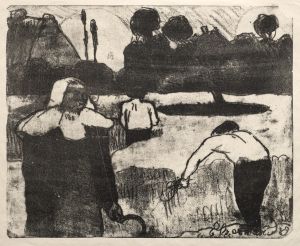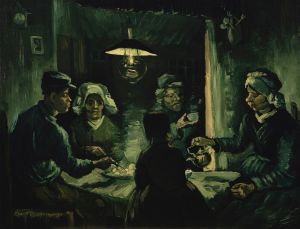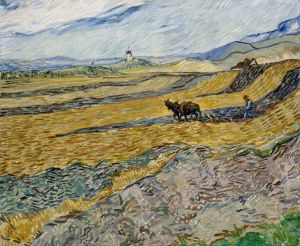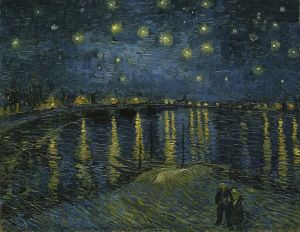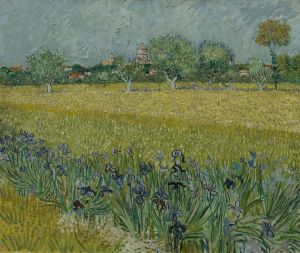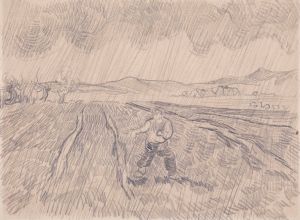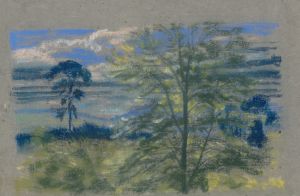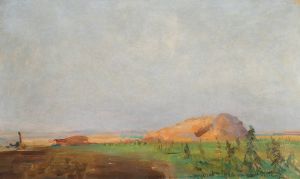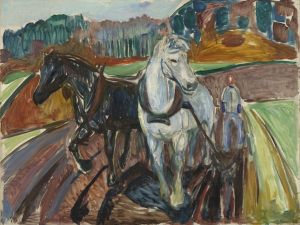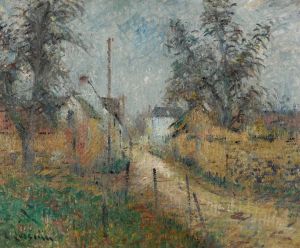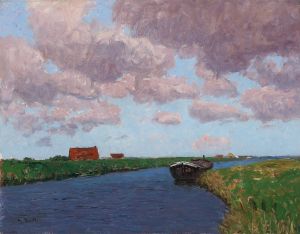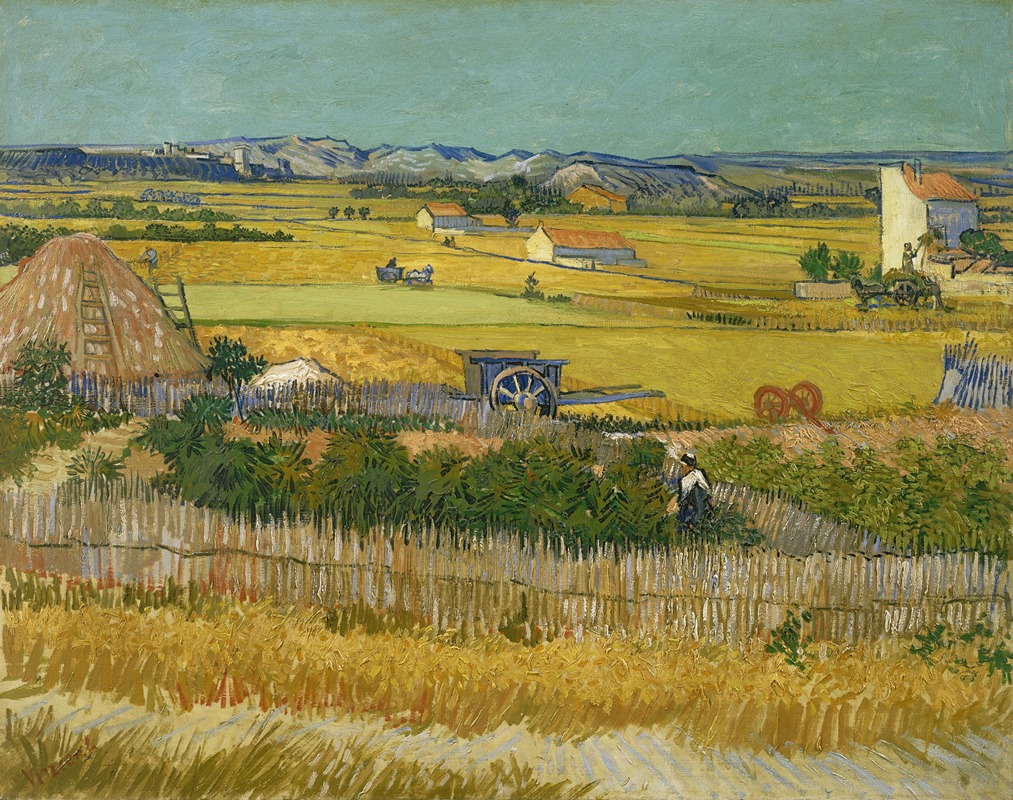
The harvest
A hand-painted replica of Vincent van Gogh’s masterpiece The harvest, meticulously crafted by professional artists to capture the true essence of the original. Each piece is created with museum-quality canvas and rare mineral pigments, carefully painted by experienced artists with delicate brushstrokes and rich, layered colors to perfectly recreate the texture of the original artwork. Unlike machine-printed reproductions, this hand-painted version brings the painting to life, infused with the artist’s emotions and skill in every stroke. Whether for personal collection or home decoration, it instantly elevates the artistic atmosphere of any space.
"The Harvest" is an oil painting created by the renowned Dutch artist Vincent van Gogh in June 1888. This work is part of a series of paintings that van Gogh produced during his time in Arles, a town in the south of France. The painting is also known by its French title, "La Moisson," and is one of several works that depict the rural landscapes and agricultural life that surrounded van Gogh during this productive period of his career.
Vincent van Gogh moved to Arles in February 1888, seeking the bright light and vibrant colors of the region, which he believed would enhance his artistic expression. The period he spent in Arles was one of the most prolific in his career, resulting in numerous paintings that capture the essence of the Provençal landscape. "The Harvest" is a testament to van Gogh's fascination with the cycles of nature and the rural environment.
The painting depicts a wide, expansive view of the wheat fields during harvest time. Van Gogh's use of color in "The Harvest" is particularly striking, with the golden hues of the wheat fields contrasting against the blue sky. The composition is filled with various elements of the harvest scene, including workers in the fields, haystacks, and farm buildings. These details reflect van Gogh's keen observation of the rural life around him and his ability to convey the vibrancy and dynamism of the landscape.
Van Gogh's technique in "The Harvest" is characterized by his bold brushwork and the use of thick, expressive strokes. This approach adds a sense of movement and energy to the painting, capturing the intensity of the harvest season. The painting also demonstrates van Gogh's interest in capturing the effects of light and atmosphere, as seen in the way he renders the shadows and highlights across the fields.
"The Harvest" is part of a larger series of works that van Gogh created during the summer of 1888, focusing on the theme of the harvest. This series includes other notable paintings such as "Wheatfield with a Reaper" and "The Red Vineyard." These works collectively illustrate van Gogh's deep connection to the land and his appreciation for the labor and toil of the agricultural workers.
Today, "The Harvest" is housed in the Van Gogh Museum in Amsterdam, which holds the largest collection of van Gogh's works. The painting is considered an important piece within van Gogh's oeuvre, showcasing his development as an artist and his exploration of color and form. It remains a popular work among art enthusiasts and continues to be studied for its artistic and historical significance.
Vincent van Gogh's "The Harvest" not only captures a specific moment in time but also reflects the artist's enduring fascination with the natural world and his ability to transform everyday scenes into profound works of art. Through this painting, van Gogh invites viewers to appreciate the beauty and complexity of the rural landscape, as well as the human effort involved in the cycle of growth and harvest.





